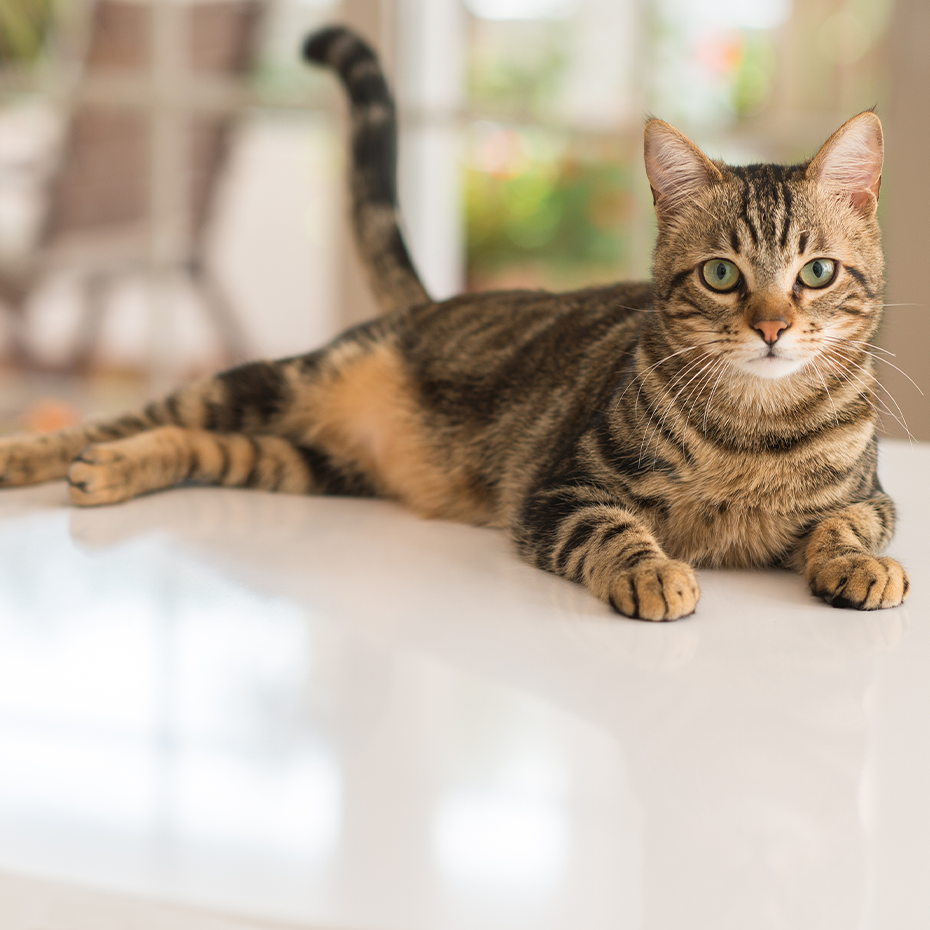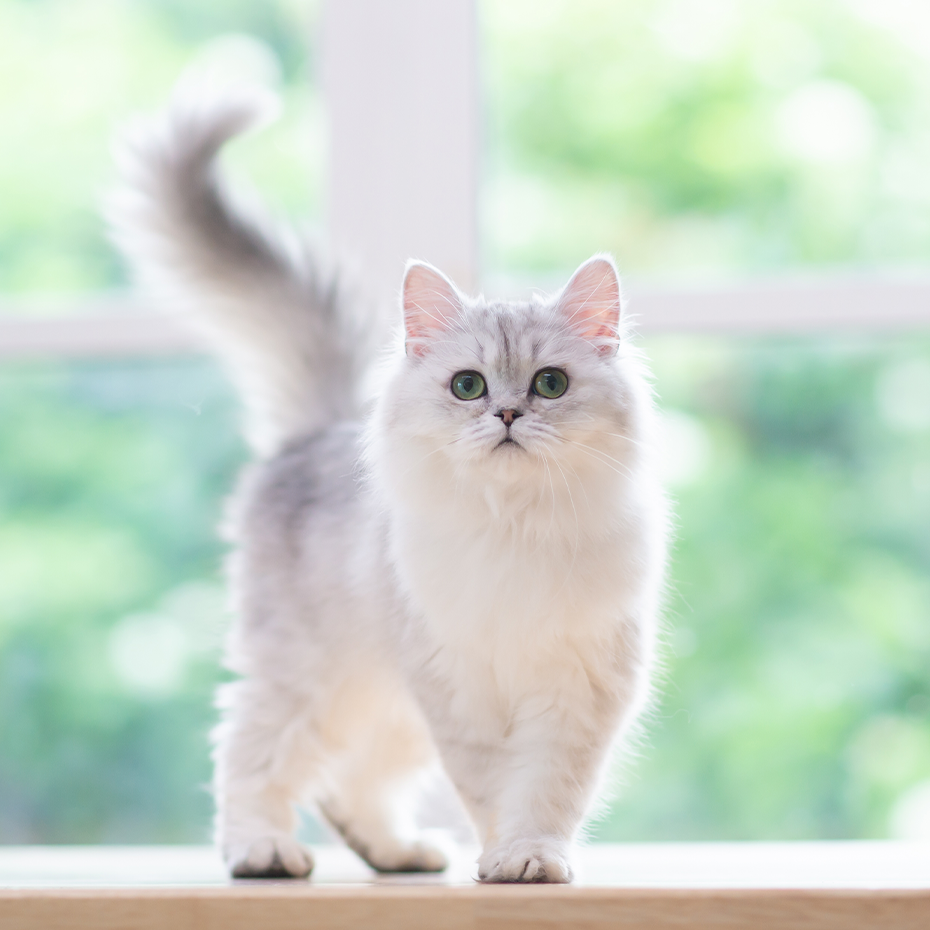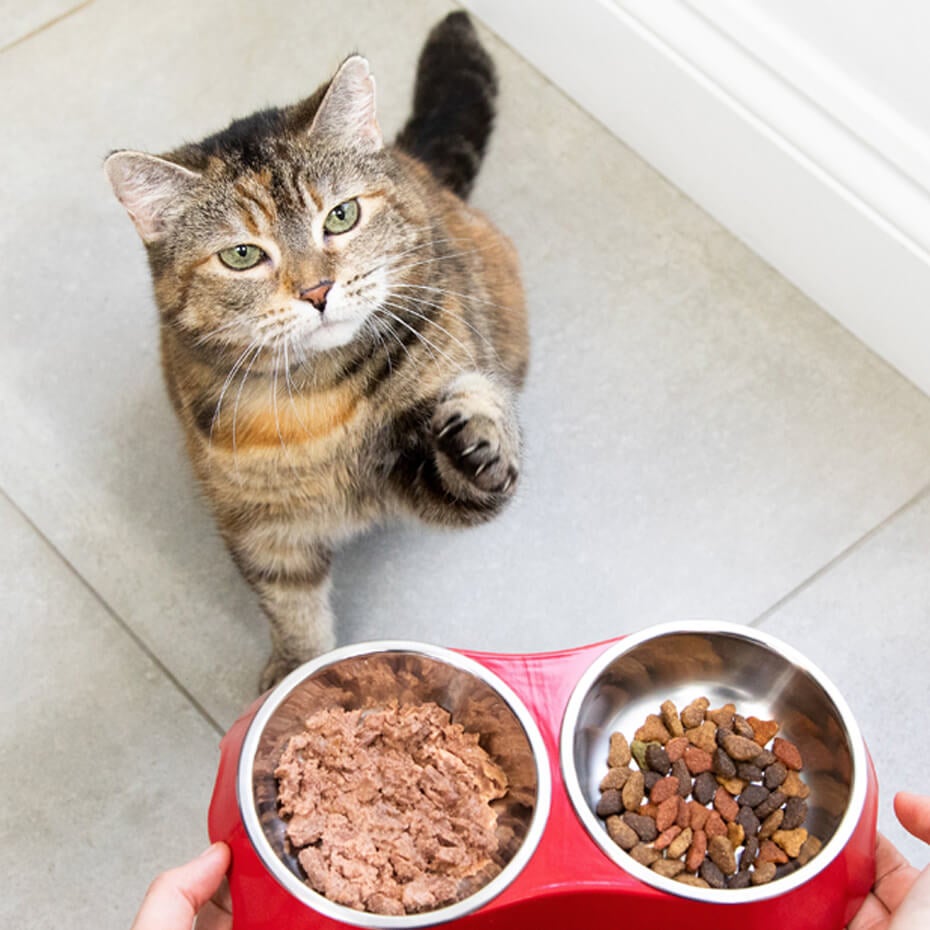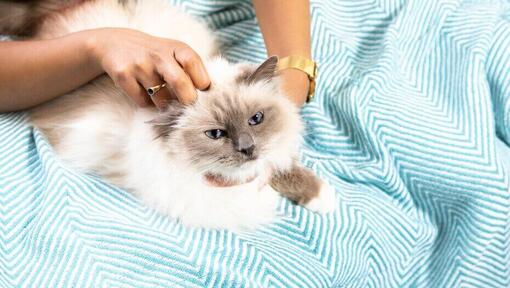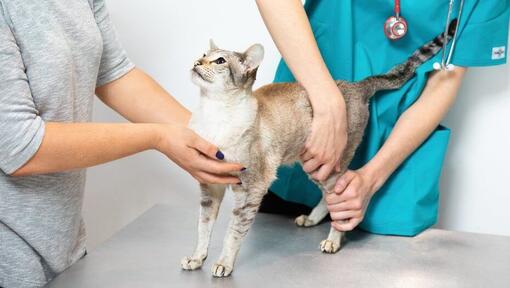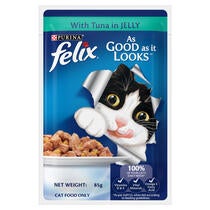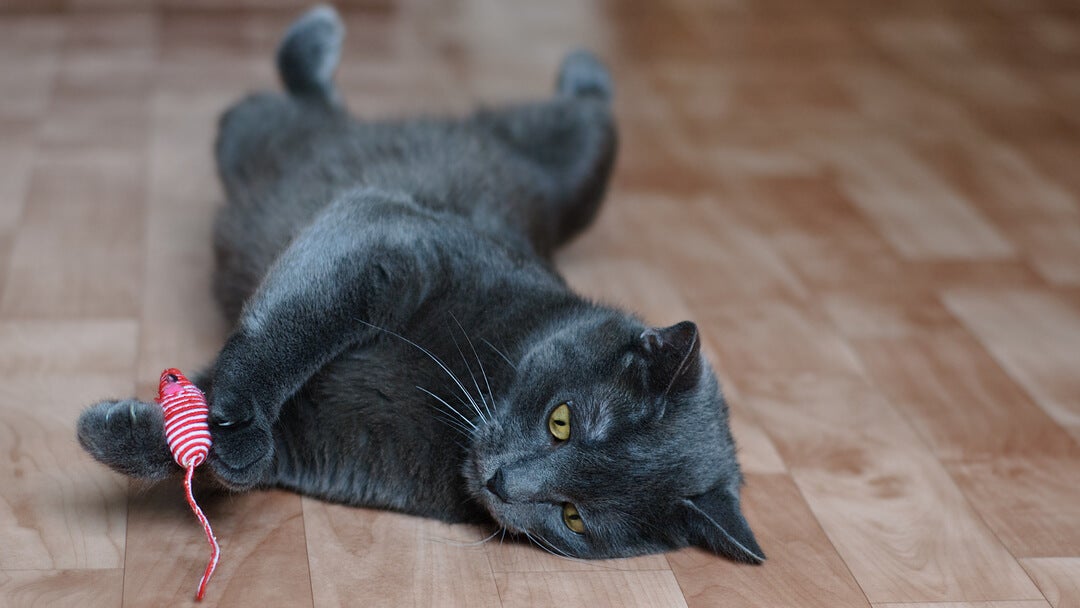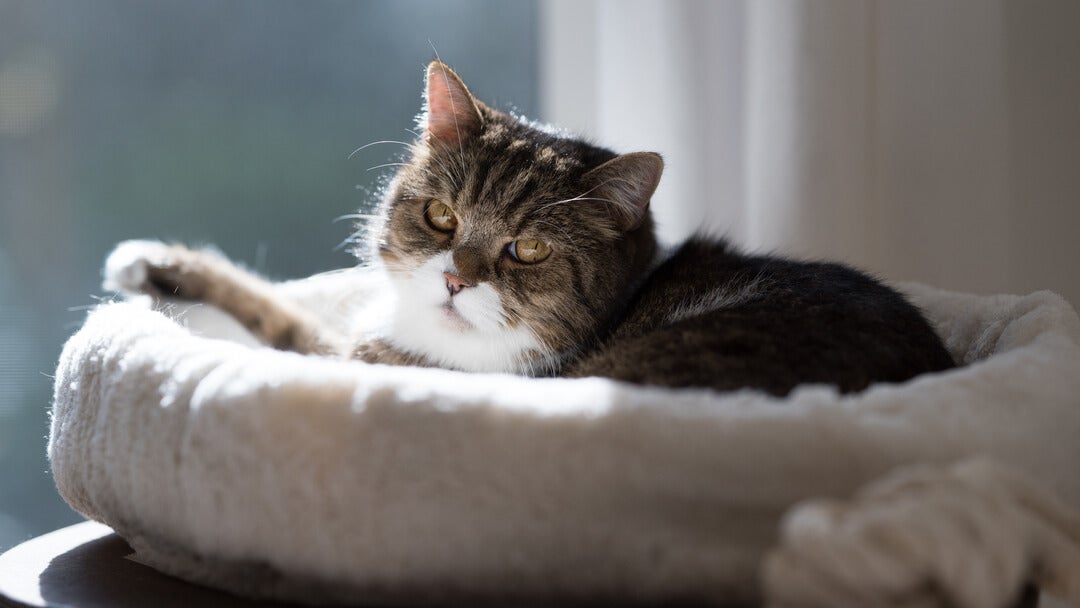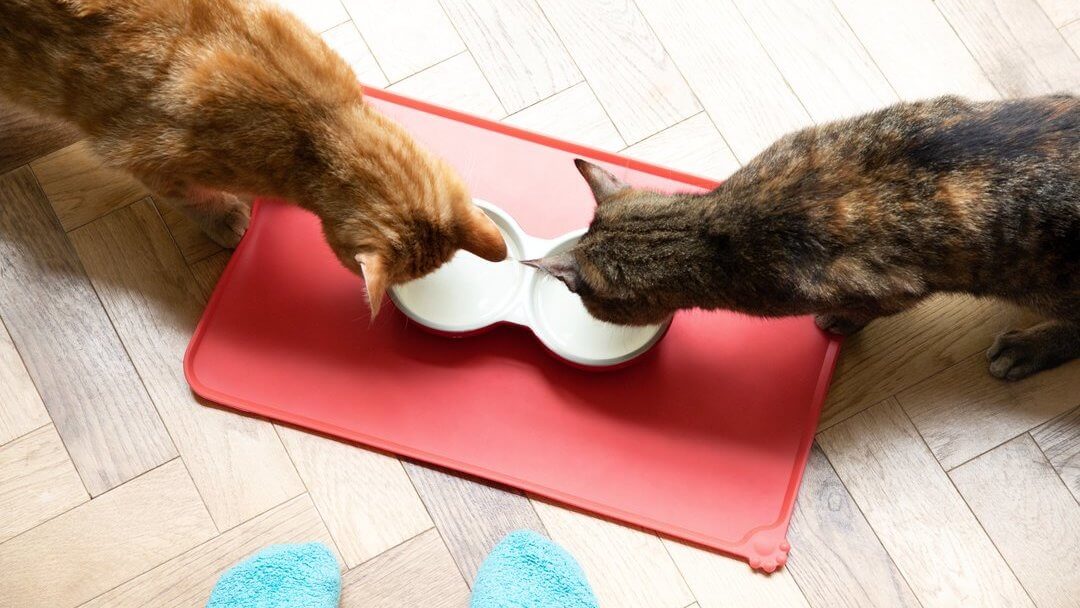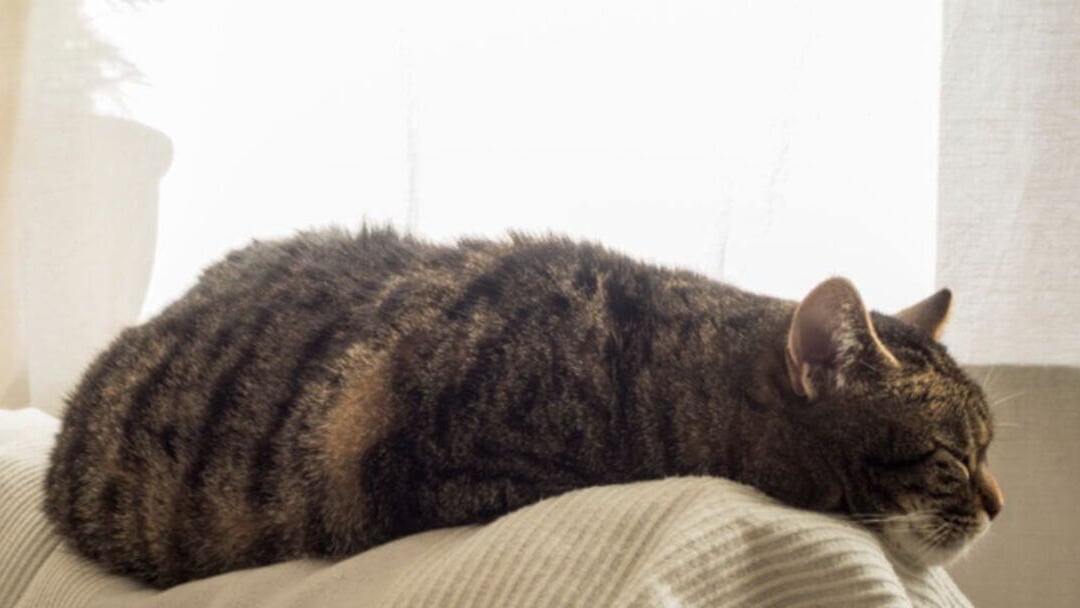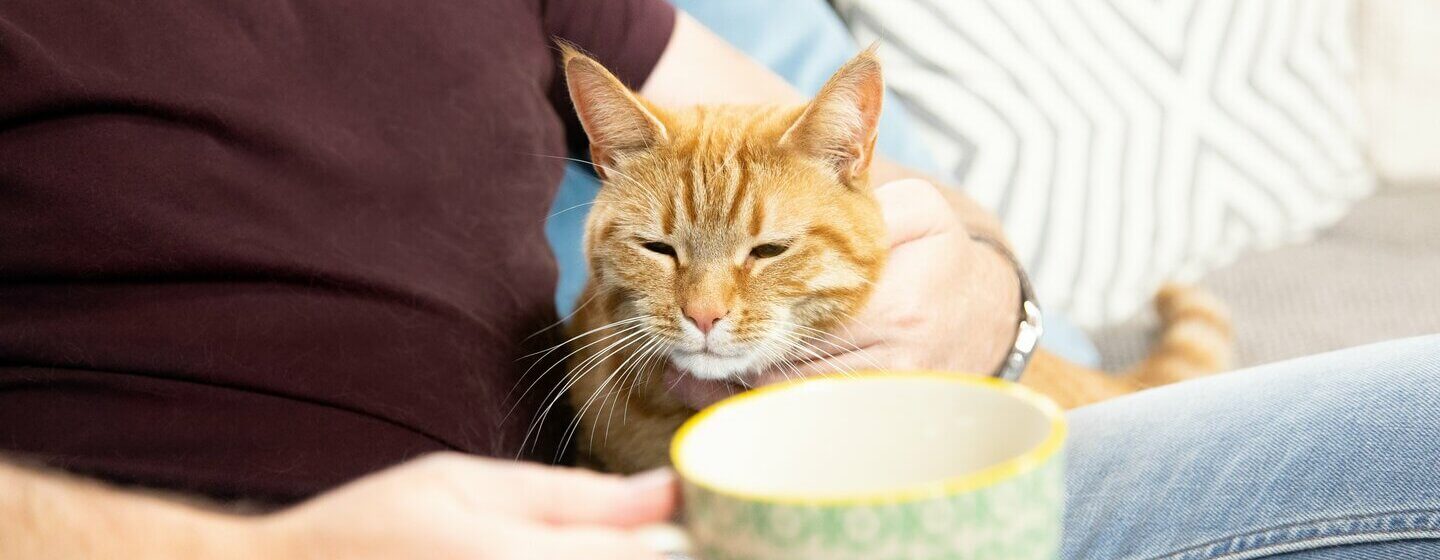
You might have noticed that your cat is napping more, can’t jump as high as they used to or isn’t chasing a piece of string with as much energy as they did before.
These are all normal as a cat approaches their senior years – like us, they’ll want to slow down a little as they get older! Cats are usually classed to be of a senior age from around seven years old, but this can vary slightly depending on your cat's breed and other factors.
Diet, fitness and any medical issues all contribute towards the expected lifespan of a senior cat. Even though they may seem a little calmer than when they were a young moggy, the later years that you share with your cat should still be as fun, loving and rewarding as ever.
Our team of PetCare Experts offer guidance and tips on how to make the most of your cat's twilight years, for the both of you.
Your pet will love their cat naps even more when they have somewhere soft to cuddle into, especially as they get older. Senior cats can struggle with sore joints sometimes, so a cosy bed will provide snuggly support to keep them as comfortable as possible. Keep their bed in a warm place away from draughts so that they can get a little peace and quiet in a tranquil area.
To reduce stress on your cat’s joints, you can keep a bowl of clean water nearby so that they don’t have to travel so far when they want a drink. This will help encourage your pet to drink more to avoid dehydration and keep urinary tract infections at bay, which can affect older cats. It’s also a good idea to keep their litter tray nearby – even if your cat hasn’t used one before, they might find it useful to have one that is easily accessible in the house so that they don’t have to go so far to use the toilet.
Whether your pet likes to people-watch from a windowsill or sleep on the sofa, each cat is sure to have their favourite place, which is usually elevated from the ground. Although cats still like to jump, they might not be able to reach as high as they used to as they get older. By breaking up a jump into manageable steps, you can help them get where they want to be. For example, placing a footstool in between the floor and their favourite chair changes one big jump into two more manageable hops.
Like us, cats become a little less mobile as they get older. Moving less means that your pet won’t be burning through energy at the same rate that they did when they were younger, so they could be at risk of gaining weight.
By carefully managing their diet, you can help your cat to stay in shape. Correct portions of a specially formulated senior cat food should give them all the goodness that they need.
Cats are different to dogs in that you don’t usually take them for walks to exercise them. However, you can play with your cat and encourage them to explore outside to keep them moving, which will help them avoid getting overweight and help their joints stay supple.
Use our body conditioning tool to check that your cat is at a healthy weight throughout their life.
By the time your cat reaches a senior age, they will be used to a certain routine. Try to keep this as consistent as possible for the benefit of both their physical and mental wellbeing.
As well as getting wiser, growing older can also means that your cat’s senses can get a little weaker. There are things you can do to compensate for this side-effect of their senior years.
For example, warming up wet food a little bit before serving can help to release its aroma, making it more attractive to eat. To do this, pop their portion into the microwave for a few seconds, but never let it get hot.
Try to avoid any surprising loud noises if your cat’s hearing isn’t what it used to be. The same goes for their eyesight – approach them carefully and purposefully to avoid any shocks if they cannot see too clearly.
Getting older is full of changes for your cat, which can seem strange and confusing at first. Giving your cat the same level of love and affection, with a little added patience, will make the transition into their golden years much easier for them. With just a few adjustments and regular check-ups at the vets, your relationship with your cat should stay just as rewarding as it always has been.
Changing needs
A cat will spend around 40% of their life as seniors, so it’s important to understand their changing nutritional needs to ensure that they are as healthy and happy as possible. Cats are usually classed as senior from about the age of seven, and from that point you may notice that they start to slow down a little. Taking life a bit easier and a slowing metabolism means that your older cat uses less energy on an everyday basis, so won’t need as many calories to keep them going. This change should be reflected in your cat’s diet, to make sure that they’re not overfed and maintain a healthy body weight.
A dedicated senior cat food will give your pet everything they need as they get older. Its formula will contain easily-digestible that’s easier on their tummy, and gentle on their teeth.
Loss of appetite
If you notice that your cat seems off their food, it’s best to have them checked by the vet. A lack of appetite could be caused by an underlying health problem, or may be due to something as simple as their changing senior tastes. Your vet will be able to assess for anything more serious, and give you tips on how to tempt your senior cat into eating again!
Regular check-ups
As we find ourselves more susceptible to certain health problems as we age, cats do too. Some of these may be part of a natural “wearing out” process, but some other senior cat health issues can be avoided or treated quite easily.
Vet visits
Regular vet check-ups are the best way to maintain your senior cat’s health – in fact, they are so important that some veterinary surgeries operate clinics especially for senior cats. During a check-up, your vet will weigh your cat and give them a thorough once over. If they have any concerns, they can take samples of urine and blood to test for any signs of illnesses known to affect older cats.
Your usual vaccination, worming and flea treatments should continue as normal into your cat’s senior years.
Skin, coat and nails
Cats still need their claws to climb and protect themselves even when they’re older, so their claws should really only be clipped if absolutely necessary. As senior cats are less active, they might not wear their claws down as much as they used to, meaning they could need a little trim from time to time. As senior cats can sometimes lose the ability to fully retract their claws, they can look longer than they actually are – so take care not to clip their claws too closely!
Stiffer joints in older age might mean that your cat can’t reach all the spots to groom themselves. You can give them a helping hand with a brush – short haired cats should only need this once a week, and long haired breeds will need a brief brush every day.
Try to avoid bathing your cat unless urgent, as older cats can find it a stressful experience.
Dental checks
Older cats can be more at risk of problems with their teeth and gums, so make sure that you take your senior cat for regular dental appointments as part of their health routine.
Senior cats can suffer from osteoarthritis, resulting in stiff or painful joints. You may notice that it takes your cat longer to get up or that they are stiffer than normal in their movements. Matted fur is also a sign of osteoarthritis, as your cat might not be flexible enough to be able to groom themselves properly.
If your cat is suffering from osteoarthritis, make sure their food is easy to reach. Spend some time with your cat when they eat to make sure they can access it and are able to eat a healthy amount. And speak to your vet about appropriate pain control.
Older cats can sometimes develop kidney problems. Symptoms include drinking or urinating excessively, or urinating without control. If you notice your cat doing either of these, take them for a check-up with the vet as soon as possible to seek treatment, as these signs could also indicate diabetes or hormonal problems.
Cats aren’t open-mouth breathers, so if you notice them panting then it could suggest that they are suffering from a heart or respiratory condition. Other symptoms can include your cat seeming more lethargic than usual, having difficulty in catching their breath, or sitting bolt upright to try to breathe better.
Any growths, lumps or warts that you spot on your cat should be investigated by your vet. They may be totally benign, but they could potentially be a sign of cancer.
With old age, cats can sometimes exhibit strange or unexpected behaviour. This can include howling and meowing randomly, going to the toilet in inappropriate places, looking confused and forgetting behaviours such as using the litter tray. These are usually side effects of senility, but speak to your vet if you notice these happening and they are causing a problem.
Senior cats can experience cataracts and nuclear sclerosis – two conditions that both exhibit a hazy blue-ish appearance in the eye, but have different side effects. A visit to your vet will be able to distinguish between the two conditions.
These problems are less common in cats than they are in dogs.
Hyperthyroidism is very common in older cats. The condition can upset a cat’s usual metabolic rate, meaning that they burn energy too quickly, meaning that cats have a bigger appetite but lose weight quite rapidly. Other symptoms of the condition include dull fur and erratic behaviour (such as hyperactivity) – if you spot any of these, speak to your vet as they may be able to be treated successfully.
If you recognise any of the above symptoms that may signal health issues for your senior cat, or you’re concerned about any other aspect of your cat’s wellbeing, then speak to your vet as soon as possible.
Signs and symptoms of ageing
When caring for your senior cat, knowing what symptoms of ageing to look out for is as important as a nutritious diet and lots of loving attention. Identifying any of the below signs can help you understand the changes that your cat is going through, and get them treatment if needed.
